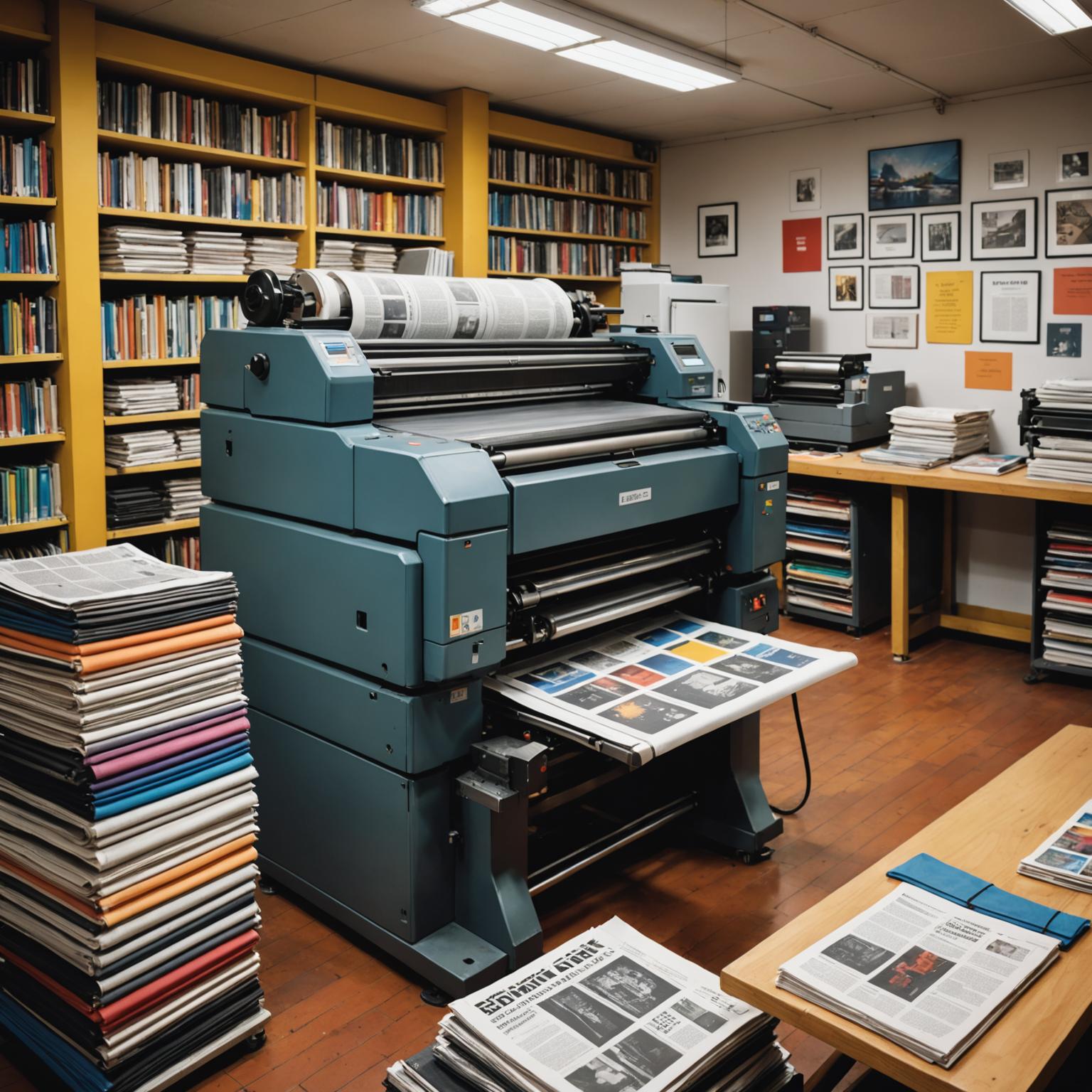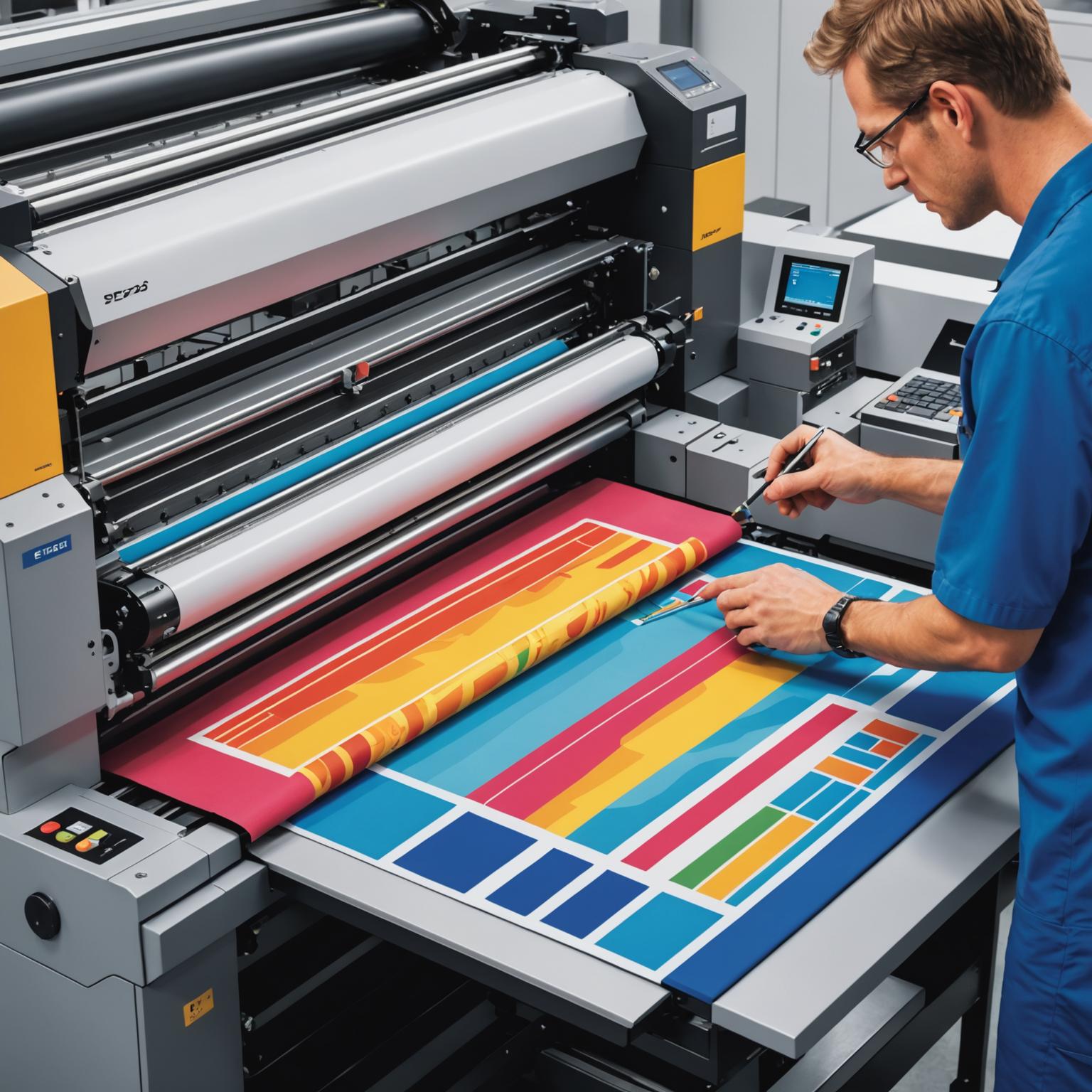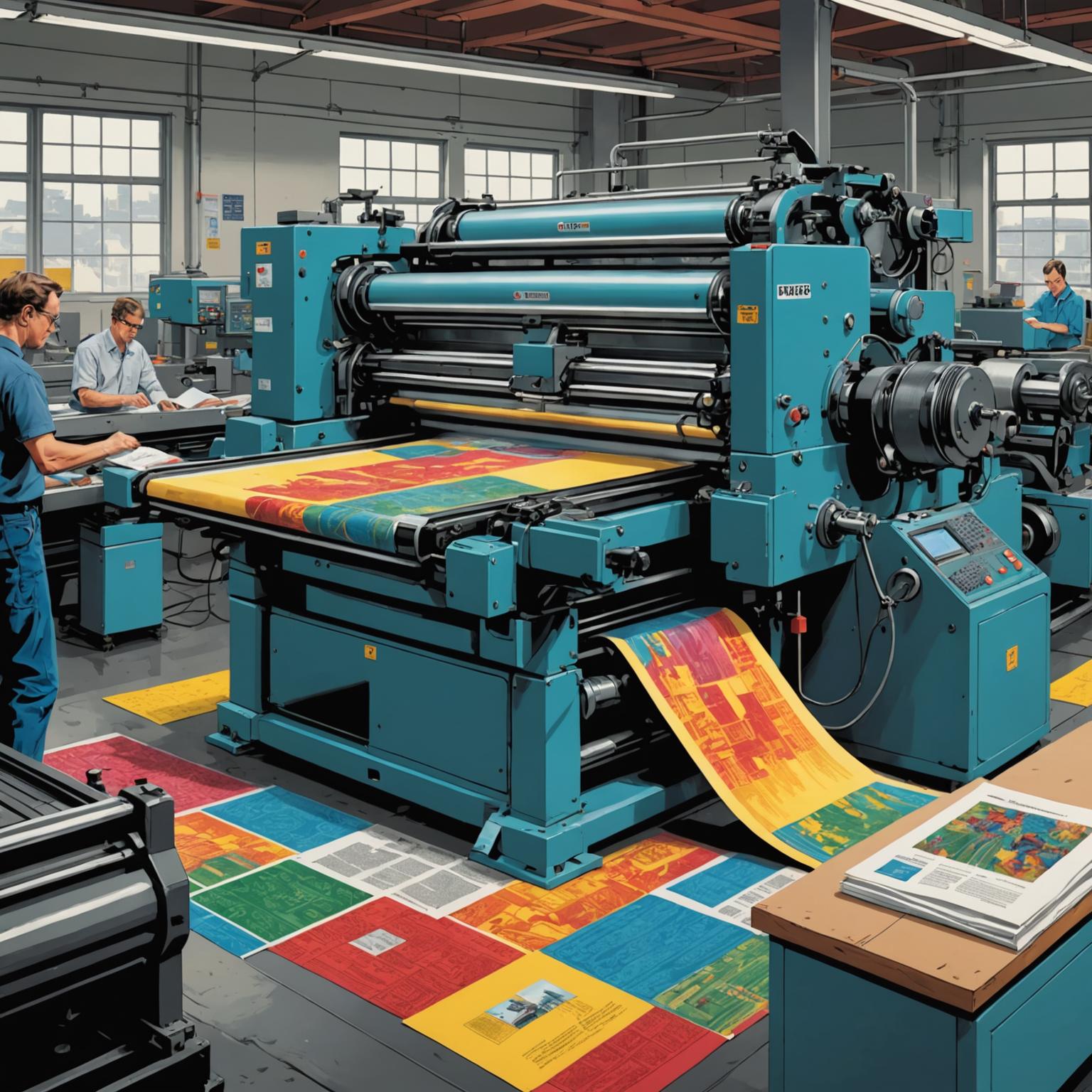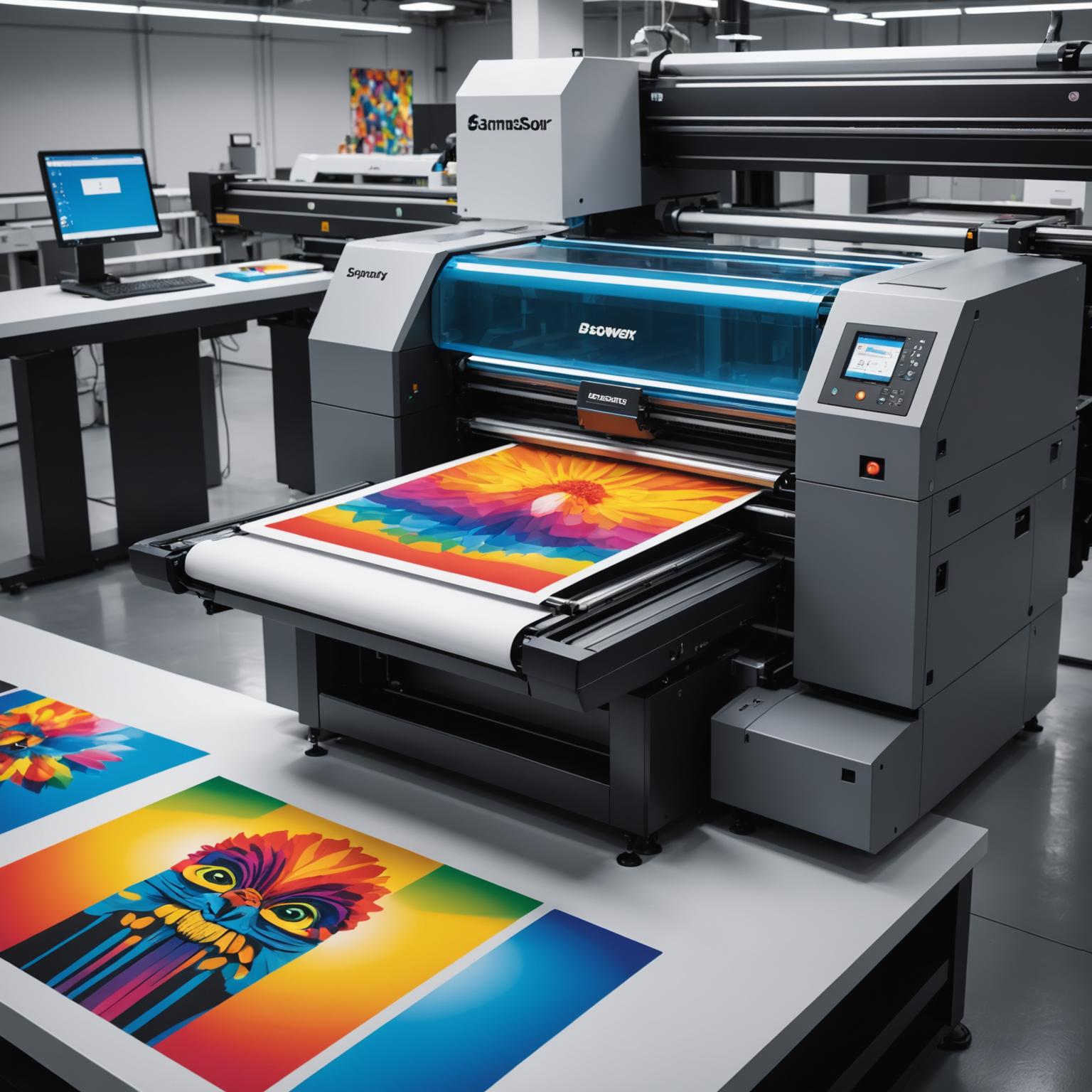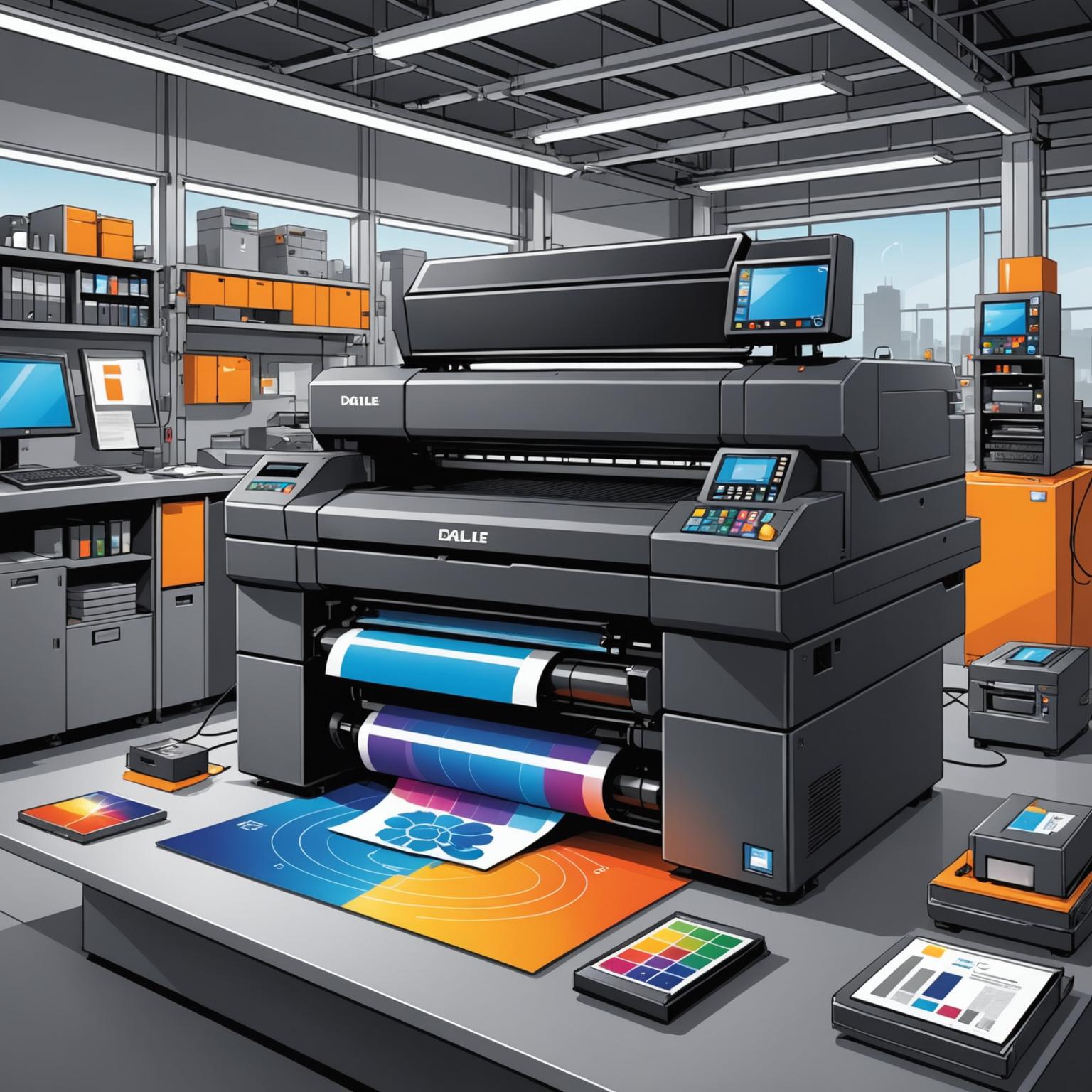In the vast world of manufacturing and product design, the innovation in special material applications has opened up new frontiers of durability, functionality, and aesthetics. One of the most critical yet often overlooked areas benefiting from this progress is the field of application labels. These are not your average paper stickers; they are highly engineered components designed to withstand some of the most challenging conditions imaginable, ensuring that vital information remains intact and legible throughout a product's lifecycle. From the scorching heat of an engine bay to the cryogenic cold of a laboratory freezer, these labels are a testament to the power of advanced material science.
Exploring the Spectrum of Special Materials
What makes a label material 'special' is its ability to perform under duress. Standard paper labels would disintegrate, fade, or peel away in environments where specialized labels thrive. We are talking about materials like polyester, known for its excellent resistance to chemicals, moisture, and abrasion, making it ideal for industrial equipment and automotive parts. Then there is durable vinyl, the go-to choice for outdoor applications due to its inherent flexibility and resistance to UV radiation and weathering. For extreme temperature challenges, polyimide films are the hero, capable of enduring intense heat, such as that encountered during circuit board manufacturing. On the aesthetic end of the spectrum, metallized polyesters and foils provide a premium, high-tech look for branding on high-end electronics and appliances, while also offering a surprising level of durability.
The Critical Function of Application Labels
The purpose of these advanced application labels extends far beyond simple identification. They are functional components integral to safety, compliance, and operational efficiency. Imagine a warning label on a drum of hazardous chemicals; its primary job is to remain legible even if some of the contents splash onto its surface. Similarly, an asset tag on a piece of heavy machinery must withstand constant vibration, grease, and temperature fluctuations to track maintenance and ownership. In the medical field, a label on a blood bag or specimen vial must adhere securely through refrigeration and handling, as a failed label could have severe consequences. These labels carry critical data—serial numbers, safety warnings, instructional diagrams, and compliance marks—that must persist for the entire service life of the product it is affixed to.
Industries Transformed by Advanced Material Labels
Virtually every major industry has been touched by the advancements in special material applications for labeling. In the automotive world, you will find them under the hood, clearly displaying fluid specifications and part numbers despite exposure to oil and extreme heat. The electronics industry relies on tiny, heat-resistant polyimide labels to track components through the entire soldering and assembly process. For aerospace, labels must be lightweight yet capable of withstanding radical shifts in pressure and temperature. Even in consumer goods, special materials are used to create unique tactile experiences or to provide tamper-evident seals on food and pharmaceutical products, assuring the consumer of the product's integrity. Each use case presents a unique set of challenges that requires a specifically engineered labeling solution.
Navigating the Selection Process for a Perfect Match
Choosing the correct material for a specific task is a crucial decision. It involves a detailed analysis of the product's entire lifecycle. Designers and engineers must consider several factors. What is the surface the label will be applied to—is it smooth metal, curved plastic, or a rough, powdered-coated finish? What environmental conditions will it face, such as direct sunlight, saltwater spray, or chemical exposure? What is the temperature range, from application to end-of-life? The adhesive is just as important as the face stock, as it must create a permanent bond with the intended surface without failing over time. Failing to get this match right can lead to costly recalls, safety hazards, and a damaged brand reputation. It is this careful consideration that ensures the label becomes a permanent, reliable feature of the product.


